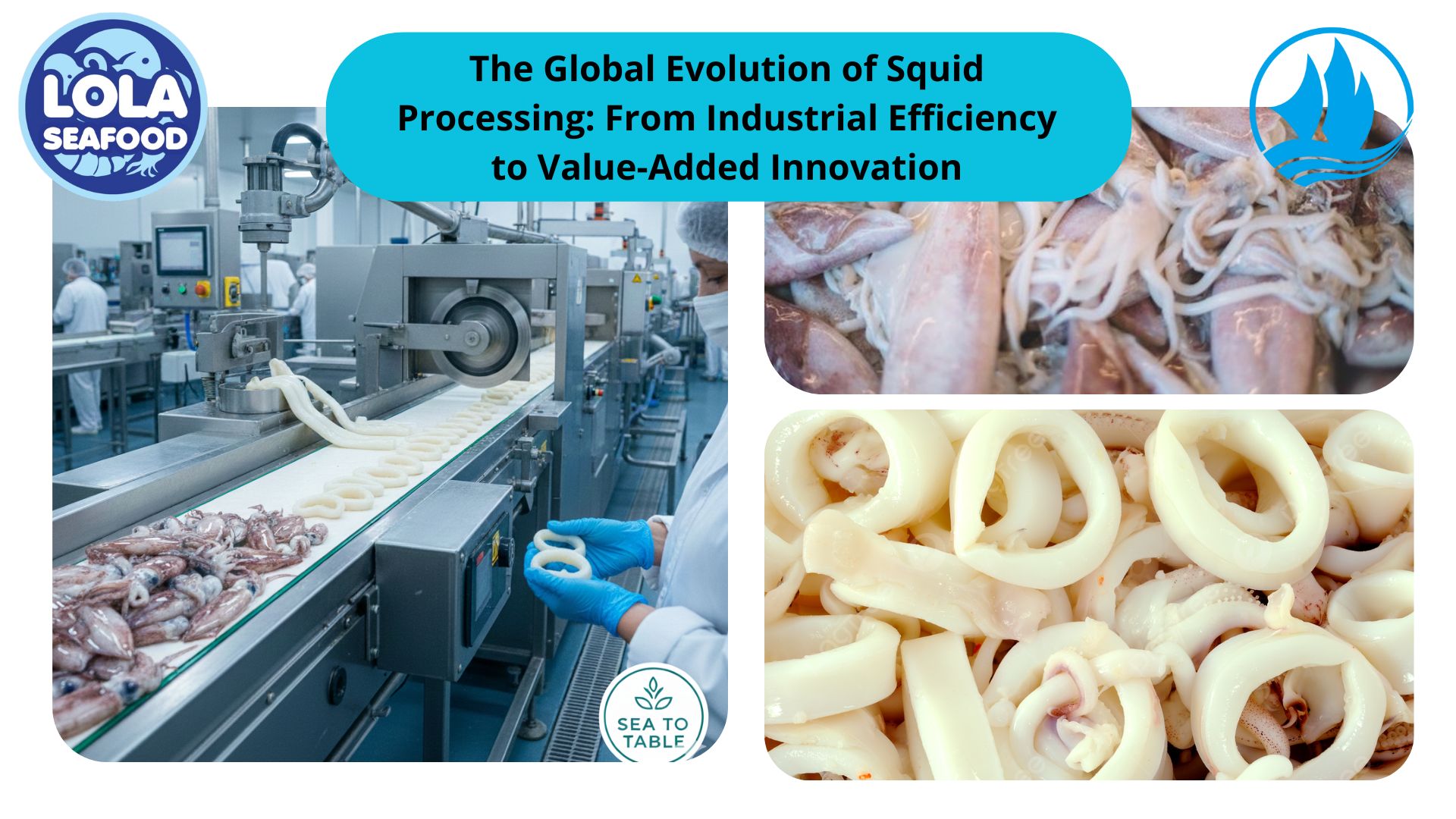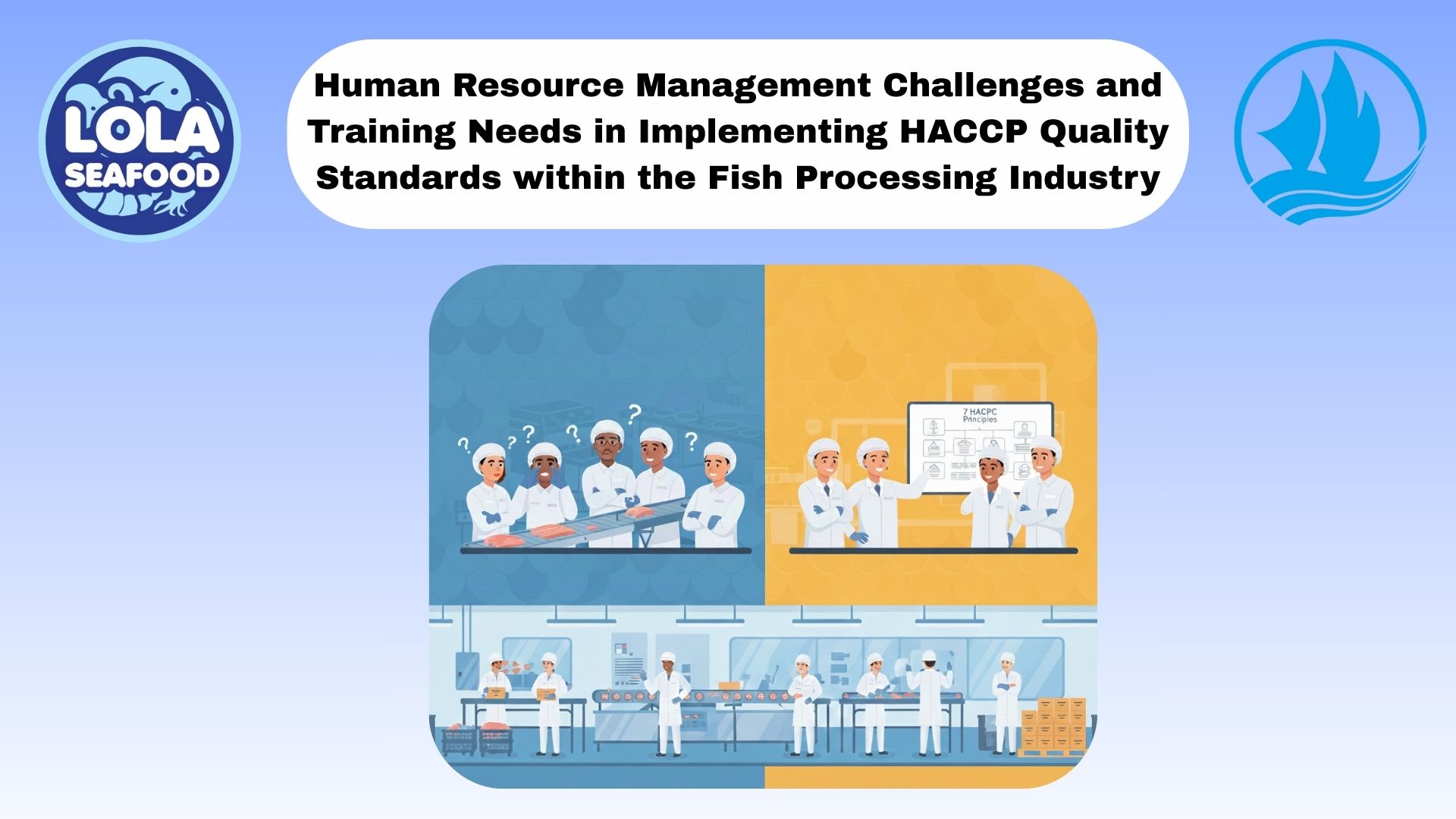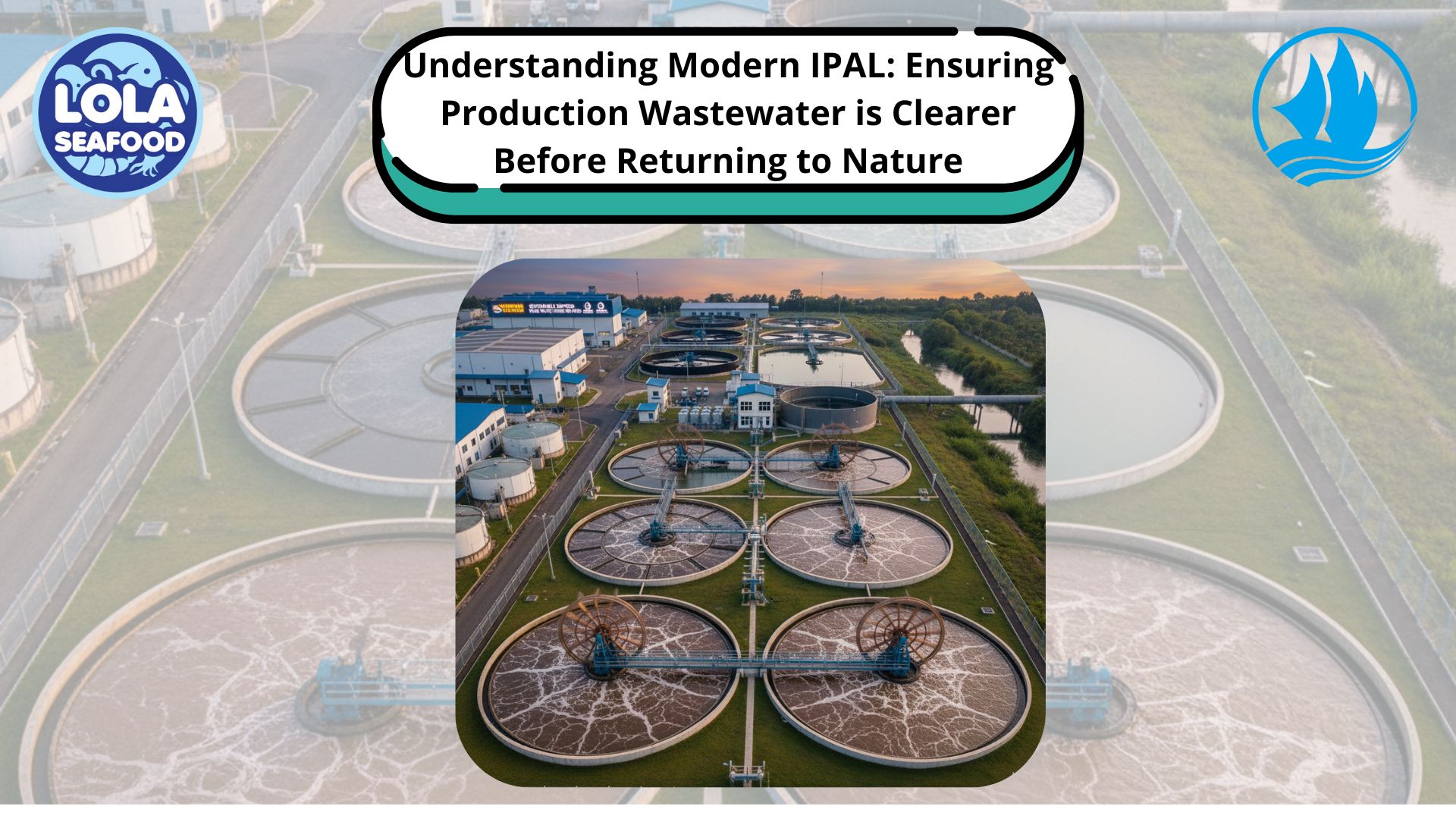CORRECTIVE ACTIONS
By. Najih - 18 Aug 2023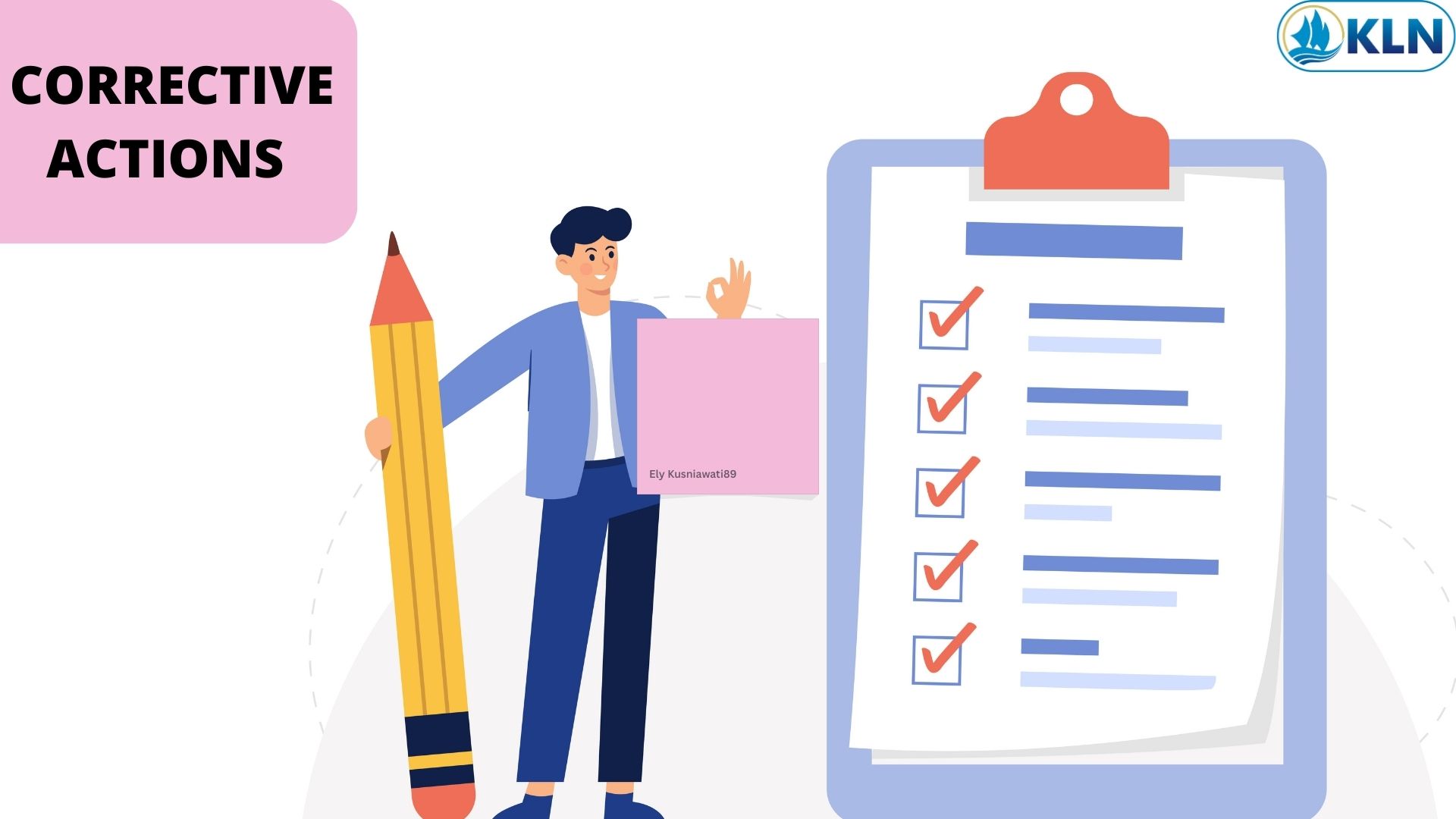
kelolalaut.com - Corrective actions are the actions that must be taken if a critical limit is exceeded at any step of food production. Critical limits mark the minimum or maximum acceptable level of an identified food safety hazard at each critical control point (CCP).
The goals of a corrective action plan are to establish a system that allows and promotes rapid response to deviations from a critical limit, correct and eliminate the cause of the deviation and restore process control, maintain accurate documentation and records, and identify affected products and determine appropriate disposition. The responsibility for implementing corrective actions will typically fall on the individuals or teams that are directly involved in the process or system where the problem was identified.
Corrective actions are a procedure that must be taken if corrective action is not properly implemented. This must be documented and the record should describe what occurred, how the problem was corrected, how it will be avoided in the future, and what was done with the product in question. Preventive actions are those you would take to stop an issue from occurring. They include measures like:
- Inspecting and repairing equipment regularly
- Providing high-quality food safety training to all employees
- Storing food items at an appropriate temperature
- Checking packaging for signs of contamination
When an incident does happen, immediate actions reduce the impact. They include things like:
- Keeping sick employees away from food products
- Following rigid procedures for the disposal of contaminated ingredients and products
- Fixing any machines that have contributed to an incident
- Rejecting food items that show signs of contamination
Corrective action standard forms include: hold number, description of deviation, quantity of bags or tons held, date product was placed on hold, production date and code of product held, disposition and/or release forms, and name of the responsible individual.
.jpg)
The Impact of HACCP-Based Integrated Quality Management Programs on the Quality and Competitiveness of Fresh Demersal Fish Products
 and Employee Productivity on the Demersal Fish Processing Floor.jpg)
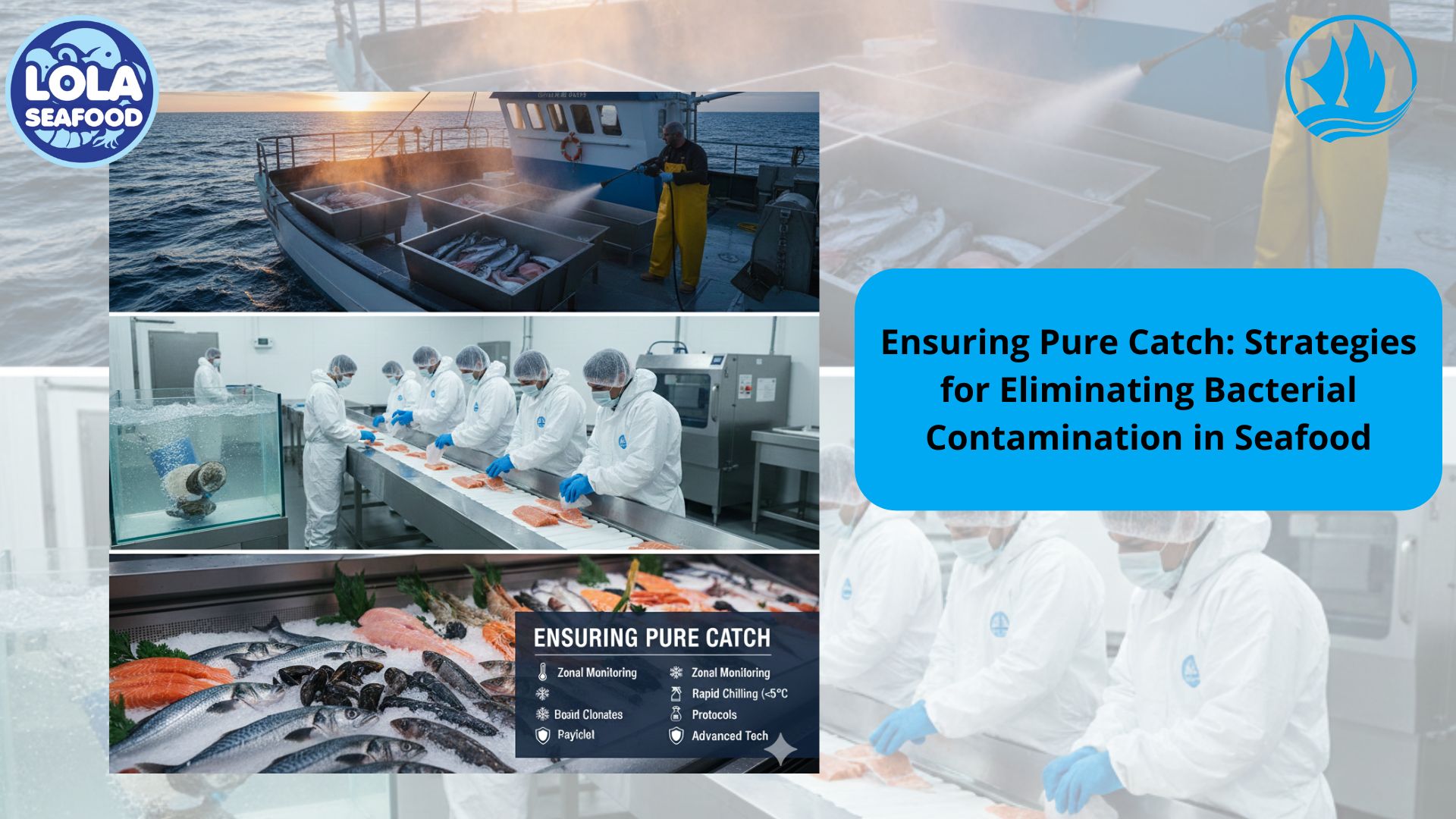
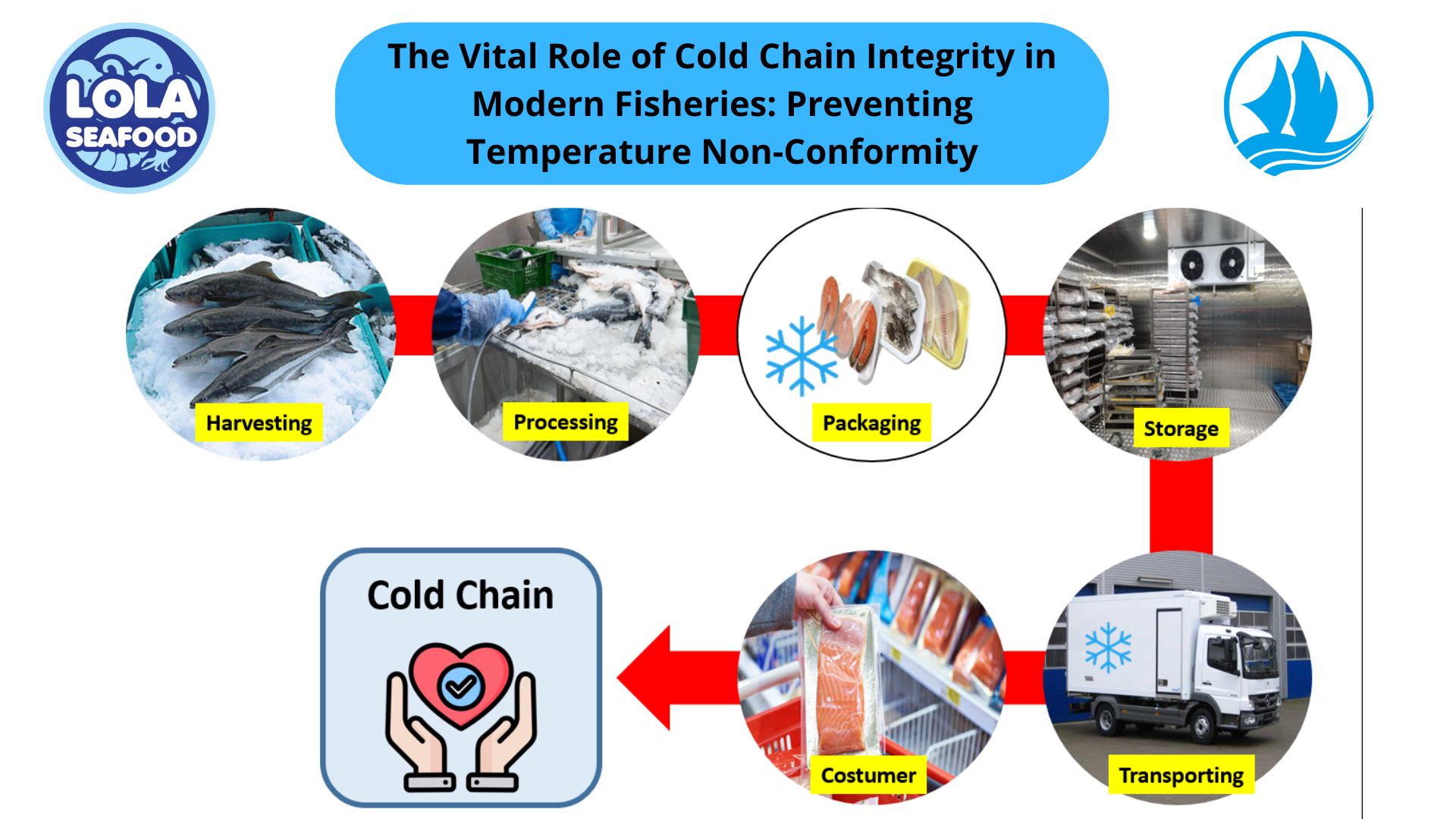
.jpg)
